Indian Civil Aviation Industry — Corrections Needed
With the potential for growth in the Indian civil aviation industry being high, there is a need to take corrective steps to ensure its vibrant and dynamic growth
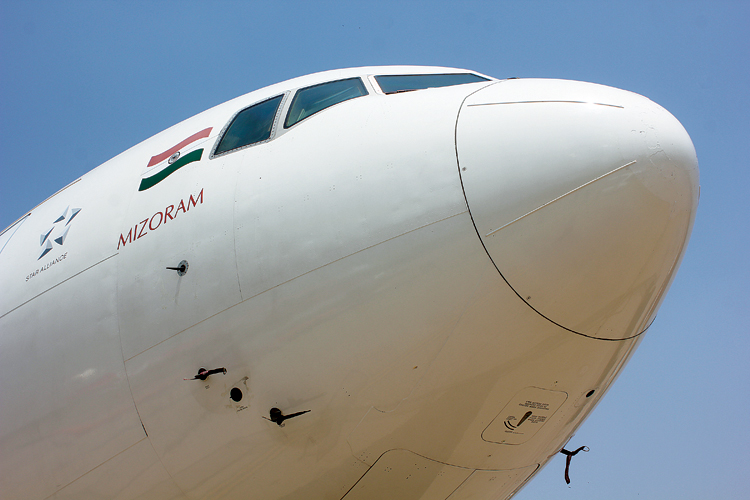
The Indian civil aviati on industry which is regarded as one of the fastest growing aviation industries in the world and today, ranks as the third largest in the global market beating assessments made earlier by professional agencies of this happening by 2022. Forecast by the International Air Transport Association (IATA) indicates that India is set to become one of the world’s largest aviation markets by 2034. The Indian civil aviation industry consists of the Indian airline industry as also the general aviation segment which includes business aviation. However, the Indian civil aviation market is dominated by the airline industry which compared to the general aviation segment, is very large and growing. It is also the major driver of growth for the Indian civil aviation industry.
The origin of the airline industry in India can be traced back to February 18, 1911 when Henri Pequet, a French pilot on the controls of a Humber bi-plane, took off from Allahabad on the first commercial civil aviation flight bound for Naini, a distance of just under ten km carrying 6,500 pieces of mail. This flight was also the world’s first official airmail service. Later, in 1932, JRD Tata, an iconic figure in the Indian civil aviation industry, set up Tata Airlines, the first Indian commercial carrier to transport passengers within India. This airline was renamed as Air India in 1946 and soon after independence in 1947, the government acquired 49 per cent stake in the carrier. Thereafter the airline was split into two – Indian Airlines to cater for the domestic segment and Air India International dedicated to the international segment. In 1953, the government acquired majority stake in the company and nationalised the two carriers. Subsequently, in the early 1990s, following economic liberalisation, the government permitted the entry of private carriers. It was from this point in time that the Indian civil aviation industry actually embarked on a rapid growth trajectory.
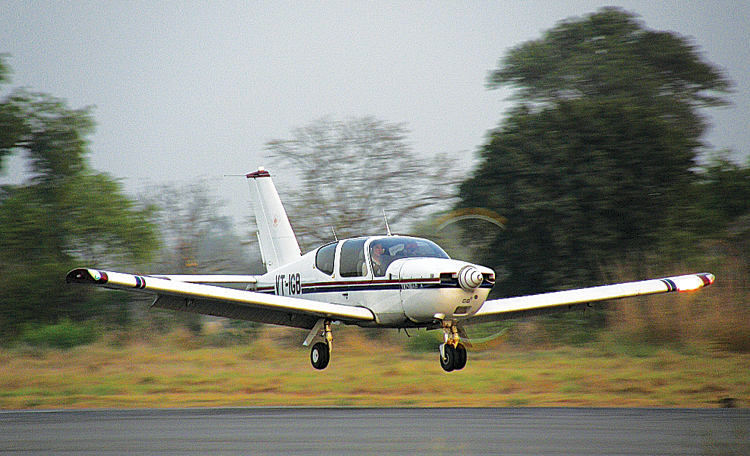
In the last three years, with domestic passenger traffic increasing from about 6.1 crore in 2014-15 to ten crore in 2016-17, the airline industry has sustained a 19 per cent growth rate. Currently, there are more than 500 aircraft in operation by the airlines and with the orders already placed by the carriers, the fleet strength is expected to rise to 800 by the end of the decade. Driven by the recently launched Regional Connectivity Scheme (RCS), the fleet size could well cross 1,000 by the end of the decade.
In the general aviation segment, India offers immense potential for growth on account of factors such as its strategic geographic location between the Middle East and Europe on one side and the East Asian economies on the other, favourable demographics and robust economic growth. There is thus the evergrowing demand on the general aviation segment from the growing numbers of high net-worth individuals (HNI) and business houses in the country necessitating sizeable expansion of both the fixed and rotary wing fleets.
PLAGUED WITH THE MALAISE THAT AFFLICTS PUBLIC SECTOR UNDERTAKINGS, AIR INDIA IS IN NO POSITION TO COMPETE WITH THE PRIVATE AIRLINES THAT OFFER HIGHLY ATTRACTIVE LOW-COST AIR TRAVEL
With the potential for growth in the Indian civil aviation industry being high, there is a need to take corrective steps to ensure its vibrant and dynamic growth. Suggestions in this regard are in the succeeding paras.
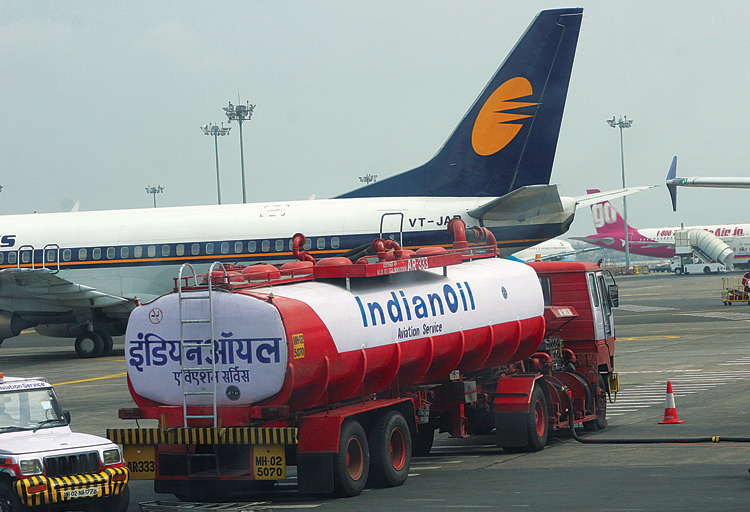
Privatisation of the Air India
One of the first steps the government must take without further delay is to privatise the state-owned national carrier Air India. Plagued with the malaise that afflicts public sector undertakings, Air India is in no position to compete with the private airlines that offer highly attractive low-cost air travel. Air India’s market share has thus been progressively shrinking and today, with accumulated losses of around 50,000 crore, it is no longer a financially viable entity. Efforts by the Ministry of Civil Aviation at disinvestment in the airline, does not appear to be moving forward at the desired pace. It needs a more aggressive and determined action on the part of the MoCA to shed this incurable liability.
Rationalise Cost of ATF
India is one of the destinations where fuel prices are highest in the world. In the Indian airline industry, Aviation Turbine Fuel (ATF) constitutes 45 per cent of the total cost of operations whereas it is only around 30 per cent for airlines in other parts of the world. The underlying cause for this disparity is the high level of sales tax levied by the central government ranging from 25 to 30 per cent. In addition, state governments too levy surcharge on fuel varying between four and 30 per cent, adding to the high operation costs of the airlines. Cost of ATF in India is around 50 per cent higher than in any other Asian or European country and is indeed a crushing burden for Indian carriers. Even when the global price of crude fell to low levels, cost of ATF remained unreasonably high. There is clearly the need to rationalise the cost of ATF to enable carriers to provide low cost travel and yet remain profitable.
THE BIGGEST PROBLEM FOR CARRIERS IS FINDING SKILLED AND EXPERIENCED PILOTS WITHIN THE COUNTRY TO FLY AS COMMANDERS AND HENCE ARE COMPELLED TO HIRE EXPATRIATE PILOTS
Development of Airport Infrastructure
India has nearly 500 airports of which only 125 are in use for regular operations by airlines. Of these, the airports at Delhi, Mumbai, Kolkata, Chennai, Hyderabad and Bengaluru handle 65 per cent of the traffic and have already reached a point of saturation in terms of aircraft movement. There is excessive congestion at these airports leading to non availability of parking slots especially for general aviation aircraft. This causes serious problems for business houses and HNIs flying on business jets. While the second airport for Mumbai is under construction, there is an urgent need to augment capacity at the other five locations as well through building of additional runways, terminals and aprons. In any case, each of these locations would require a second airport in not too distant a future. Apart from the major cities mentioned above, another 40 airports would also reach saturation point very soon and hence would need capacity augmentation. There is also the need to build as soon as possible, a large number of low-cost airports across the country or revive runways not in use with no-frills terminals to ensure the success of the Regional Connectivity Scheme.
Maintenance, Repair and Overhaul (MRO)
The growth of the MRO sector in India has not kept pace with the rate of growth of the Indian civil aviation industry, both the airline industry and the general aviation segment. This can be attributed essentially to the low volumes of business available in the country that inhibited the high levels of investment required to set up elaborate MRO facilities. The other factor that impeded the growth of the MRO sector is the high level of taxes imposed on MRO services as well as customs duty on imported spare parts. As a result, most Indian carriers and business aircraft operators continue to send their aircraft out of India for high-level checks and maintenance, even when facilities are available domestically. In the rapidly expanding Indian civil aviation industry, the need for low-cost MRO services is indispensable. In fact in the context of the growth of the Indian civil aviation industry forecast for the future, India has the potential to become an attractive global MRO hub.
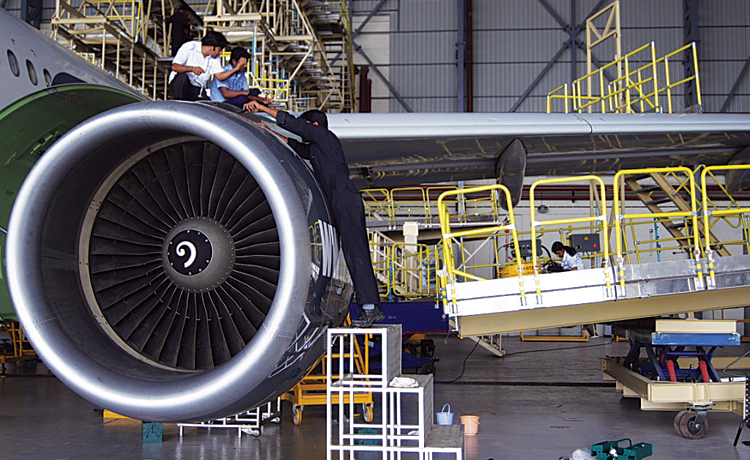
Review of National Civil Aviation Policy
The MoCA took a positive and historic step forward when in June 2016, for the first time in the history of civil aviation in India, it unveiled a National Civil Aviation Policy (NCAP) as a single document. However, there is a growing perception that the NCAP 2016 could turn out to be a hindrance to the development of the civil aviation sector unless there is an urgent review. There are some inherent design deficiencies in the policy that could make its implementation difficult in practice. As such the NCAP could inadvertently turn out to be an impediment to attaining the desired goals. Furthermore, several issues that are fundamental to the long-term sustainability of the sector have been ignored, namely strengthening and restructuring of the Directorate General of Civil Aviation (DGCA) and the Bureau of Civil Aviation Security (BCAS), developing a viable business plan for Air India and the Airports Authority of India, both of which continue to operate sub-optimally.
Need for Heliports
Currently, helicopters are generally based at and operate from the regular airports designed primarily for fixed-wing aircraft. For reasons that are quite understandable, operations by fixed-wing aircraft have priority over rotary-wing platforms. This not only affects routine operations by helicopters adversely, it also inhibits exploitation of their operating characteristics such as flexibility and capability of providing swift response especially in disaster management, medical or other emergencies. With increasing congestion at regular airports, the operating conditions for helicopters will only get worse and even parking space for these platforms at the major airfields may not be available. There is therefore the need to build heliports in suitable locations to facilitate unhindered operations by rotary wing platforms. A beginning was made early last year with the commissioning of the first heliport at Rohini near Delhi. More such facilities are needed across the country.
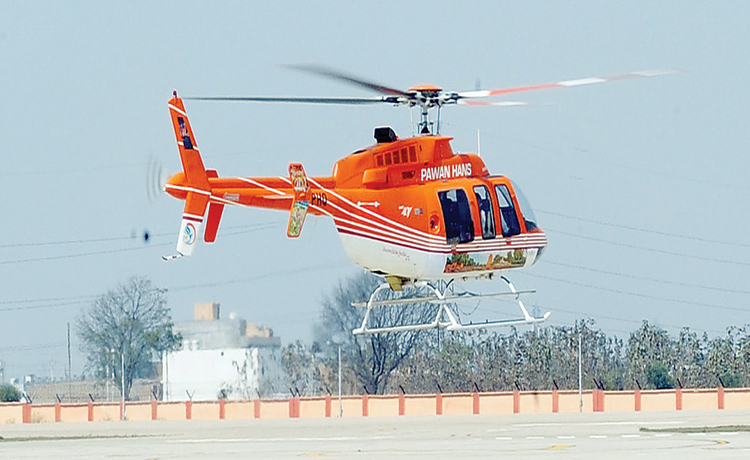
Shortage of Trained Manpower
In the rapidly expanding Indian civil aviation industry, quite understandably, there is a shortage of trained and skilled manpower in flying and technical regimes. This has resulted in enhanced competition amongst operators in all segments of the industry which, in turn, has driven wages to unsustainable levels. Estimates are that the demand for pilots, engineers and cabin crew will reach 90,000 by 2020 from about 45000 in 2018. The biggest problem for carriers is finding skilled and experienced pilots within the country to fly as Commanders and hence are compelled to hire expatriate pilots who demand much higher salaries than similarly qualified and experienced Indian pilots. While the state-owned pilot-training school Indira Gandhi Rashtriya Uran Akademi (IGRUA) is adding an International Aviation University and a helicopter training facility, claimed to be the first of its kind in Asia-Pacific region, there is certainly lot more to be done to keep human resource management for the Indian civil aviation industry on track.
IN THE CONTEXT OF THE GROWTH OF THE INDIAN CIVIL AVIATION INDUSTRY FORECAST FOR THE FUTURE, INDIA HAS THE POTENTIAL TO BECOME AN ATTRACTIVE GLOBAL MRO HUB
Review of Regulatory Framework
As per a report by KPMG, the Indian civil aviation industry is not only highly taxed, but is also over regulated. This is reflected in the fact that the Indian civil aviation industry is unable to be competitive at the global level. Instead of facilitating forward movement in the industry, some of the rules and regulations actually create bottlenecks leading to delays. In the final analysis, these serve to aggravate the inefficiency of the system. Regulations such as the Aircraft Act 1934 and Indian Aircraft Rules 1937 which govern the industry, are outdated and fail to take into account the changes in the industry, the realities of the situation today and the requirements of tomorrow. There is a need for a comprehensive review in the regulatory framework to unshackle the Indian civil aviation industry to enable it gallop forward in the future and become globally competitive in conformity with the rising status of the nation in the world.
Simplify Procedure for Import of Business Aircraft
Currently, the regulatory provisions for acquiring a business aircraft by a business house or an HNI in India is phenomenally complex. The process involved for obtaining the myriad of clearances from multiple agencies including Ministries of the Central Government, the regulatory authority and security agencies, to import and operate the platform in India, is infinitely complex, time-taking and could even be frustrating for the operator. The whole process that could take up to 18 months is more of a deterrent for the prospective buyer. The problem is evident in the tardy growth of this segment of the Indian civil aviation industry. A business aircraft is no longer a platform of luxury, but is a business tool that ultimately contributes to national economic growth. There is an urgent need for simplification of the whole process to make it business friendly.
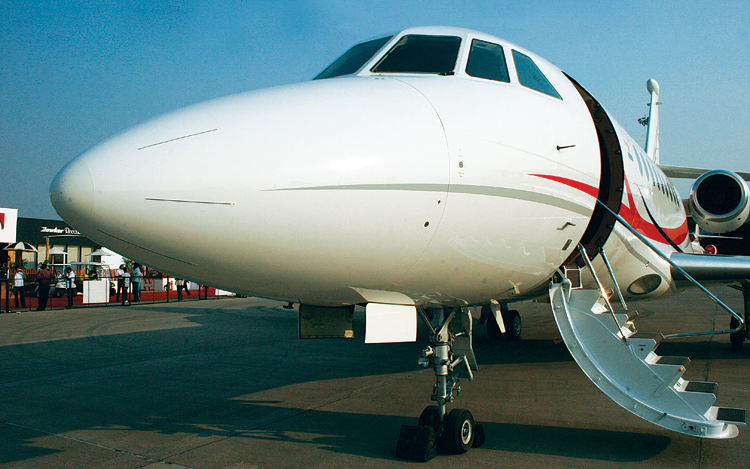
Civil-Military Coordinati on in Use of Airspace
As the Indian Air Force (IAF) is responsible to ensure the security of the national airspace, it has been vested with control over it. The IAF has a number of airfields with defined controlled airspace, as also an extensive network of air defence systems that includes radars and weapon systems. Large parts of the airspace are sanitised and as civil traffic does not have the freedom to transit through such airspace, airliners are compelled to take circuitous routes to reach destinations. This adds to flying time and consequently to cost of operation. Given the increasing density of civil air traffic in the Indian airspace, there is a need to promote flexible use of airspace through implemention of a system of air traffic management with better coordination between civil and military segments to facilitate airliners to transit through the shortest routes thus saving on time and cost.





